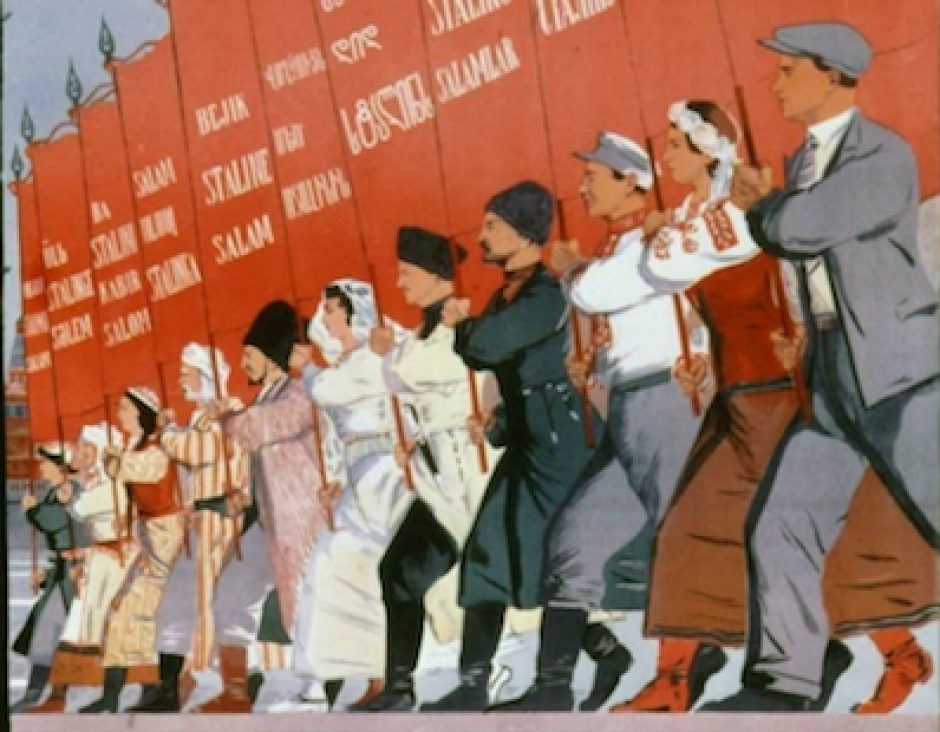(Apologies for the late post as well! Edited for embarrassing typos.)
Chapters 3, 4, and 5 cover the effects of the Stalinist 1930s in the kresy – of collectivisation, purges, deportations, of the Stalinist security apparatus, of Soviet industralisation fed by the proletarianisiation of peasants, and so on. Brown covers many big Soviet schemes, all happening within the same five-to-seven year period, and so events become claustrophobically intertwined as a result.
Ironically enough, though, Brown seems more sure of her historical narrative: this is archival work, rather than creative methodology. Her narratives focus on state action above all: the Soviet state observes a policy failure, makes a misguided and self-serving analysis, and proceeds to offer an equally failure-prone corrective. While kresy’s inhabitants do have agency in this narrative, this local way of viewing things is gone. To be fair, collective peasant uprisings against collectivisation draw on sectarian religious tradition of the region – but this is the exception, not the rule. When inhabitants of the kresy are deported, for example, they leave – either happy, or with misgivings, or with relief. When inhabitants of the kresy leave to become cadres, they do so out of ambition; when wage-labourers leave collective farms for the city, they do so out of fear of the judicial system. The local worldview and way of doings things doesn’t determine the narrative. It’s a troubling change: why go through methodological hoops to “recover” the kresy in Chapters 1 and 2, only to then switch to a narrative centered on the state? Could her historical narrative ultimately have done without attempting to understand the “apparitions” of villagers, if they ultimately don’t feed into her understanding of Stalinism in the kresy?
This brings me to my first question: where did this sense of local kresy identity go? If inhabitants of the kresy don’t conceive of the creeping ethnic homogenisation of the kresy as a threat to its – their – identity, then how did they conceive of themselves? And was it really in inherent opposition to Soviet power, as Brown implies in Chapter 2?
What Brown does a little more deftly is to intertwine nationality – as the state sees it – into the narrative. Nationality changes from being a disputed and fairly flimsy statistical category, to become a concept with explanatory power. Further, in the charged geopolitics of the 1930s, nationality becomes synonymous with sedition. This aspect of “nationality” seems to have taken a life of its own: because local officials use it to explain away the failings of collective farms; because state security officials used it to bolster their profiles. (Or so Brown would claim: again, she has the sociological task of reconstructing a worldview and explaining motivation.)
This brings me to my second question: how did these “national” conceptions of identity eventually replace local conceptions of identity for inhabitants of the kresy? (Did they? Did deportees to Kazakhstan see themselves as “deportees from the kressy”?) Brown talks, for example, about how families deported for being “Polish” or “German” carried this identity around with them in the eyes of the communities that received them. But, keeping with her emphasis on state action over individual action, Brown doesn’t highlight how individuals ultimately adopted these national identities – in the final analysis, categorisations that brought nothing but terror – for themselves.
So many questions about identity, identification, and self-identification!
